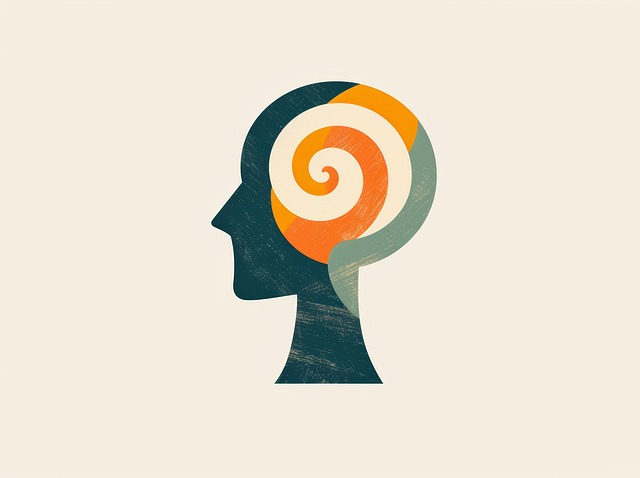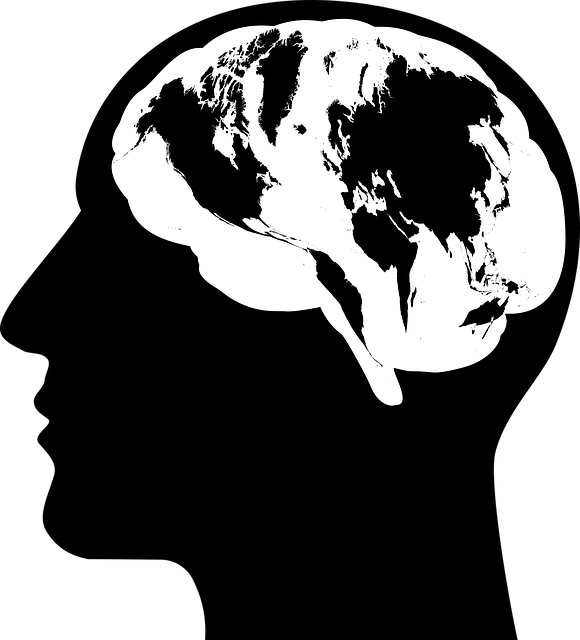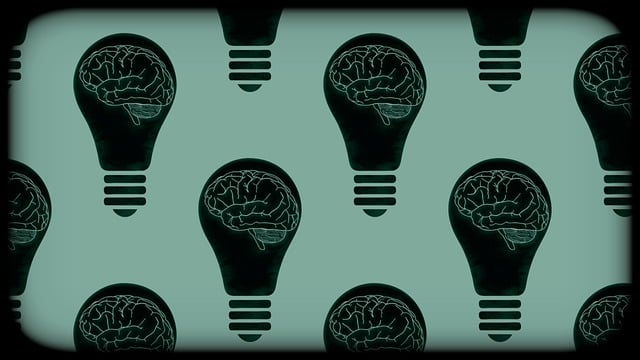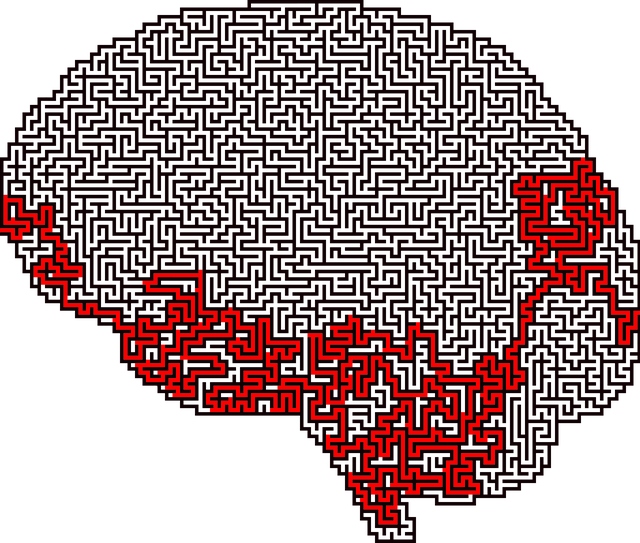Burnout among healthcare providers, characterized by emotional exhaustion and reduced efficacy, poses significant risks to patient care and professional well-being. Recognizing early signs like cynicism and detachment is crucial for implementing preventive strategies such as Self-Awareness Exercises and effective communication. Centennial Adjustment Disorder Therapy (CADT), a pioneering approach focusing on emotional and psychological challenges, enhances resilience and self-care practices. Integrating CADT with workshops and community outreach can reduce burnout, improve job satisfaction, retention rates, and patient outcomes in high-stress healthcare settings.
Healthcare provider burnout is a growing concern, impacting not only individual well-being but also patient outcomes. This article explores effective prevention strategies to combat this rising issue within the healthcare industry. We delve into understanding burnout, its signs, and long-term effects on professionals. A novel approach, Centennial Adjustment Disorder Therapy, offers hope for resilience. Additionally, comprehensive strategies are presented to foster well-being in high-stress environments, ensuring a sustainable and thriving healthcare workforce.
- Understanding Burnout in Healthcare Providers: Identifying the Signs and Impact
- Centenal Adjustment Disorder Therapy: A Novel Approach to Prevention
- Comprehensive Strategies for Sustaining Well-being in High-Stress Environments
Understanding Burnout in Healthcare Providers: Identifying the Signs and Impact

Burnout among healthcare providers is a growing concern, as the demands and pressures on this essential workforce continue to increase. It’s more than just feeling stressed or tired; burnout is a state of emotional, physical, and mental exhaustion that can lead to significant issues if left unaddressed. This phenomenon often stems from prolonged exposure to stressful work environments, heavy workloads, and a lack of support systems. Healthcare professionals may exhibit various signs, including cynicism towards patients and colleagues, detachment from job responsibilities, and reduced professional efficacy.
The impact of burnout is far-reaching. It can lead to decreased patient satisfaction, increased medical errors, and even physical health problems for the providers themselves. Recognizing the early indicators is crucial. These may include changes in mood or behavior, such as heightened irritability, insomnia, or a loss of interest in work. Implementing strategies like Self-Awareness Exercises, Risk Management Planning for Mental Health Professionals, and effective Communication Strategies can help prevent or mitigate burnout. Through these measures, healthcare providers can maintain resilience and ensure they remain equipped to deliver quality care.
Centenal Adjustment Disorder Therapy: A Novel Approach to Prevention

Centennial Adjustment Disorder Therapy (CADT) offers a novel and promising approach to healthcare provider burnout prevention. This therapy focuses on helping professionals navigate the challenges of modern healthcare by addressing underlying emotional and psychological factors. CADT leverages evidence-based techniques to enhance resilience, improve coping mechanisms, and foster better self-care practices among providers. By integrating this therapeutic method, healthcare organizations can support their staff in managing stress, building confidence, and maintaining a positive work-life balance.
Incorporating CADT as part of a comprehensive wellness program, alongside initiatives such as Stress Management Workshops Organization and Community Outreach Program Implementation, creates a supportive ecosystem. These combined efforts not only mitigate burnout but also encourage professionals to prioritize their well-being. Such proactive measures can lead to improved job satisfaction, higher retention rates, and ultimately better patient outcomes.
Comprehensive Strategies for Sustaining Well-being in High-Stress Environments

In high-stress healthcare environments, where burnout is a prevalent concern, adopting comprehensive strategies for sustaining well-being is essential. Beyond traditional stress management techniques, integrating therapeutic interventions like Centennial Adjustment Disorder Therapy (CADT) offers a nuanced approach to addressing emotional challenges. CADT focuses on enhancing emotional intelligence, fostering resilience building, and improving mood management—all critical components in mitigating the impact of chronic stress.
By cultivating emotional intelligence, healthcare providers can better understand and regulate their own emotions, as well as empathize with patients’ feelings. This heightened self-awareness and interpersonal sensitivity contribute to more effective communication and improved patient outcomes. Additionally, resilience building equips professionals with the mental fortitude to navigate challenging situations, while mood management techniques provide tools for mitigating stress responses, leading to enhanced overall well-being.
In addressing healthcare provider burnout, a multifaceted approach is essential. While identifying and mitigating signs are crucial, innovative methods like Centennial Adjustment Disorder Therapy offer promising new avenues for prevention. Combining this therapy with comprehensive strategies for well-being in high-stress environments can foster resilience and sustain professional satisfaction among healthcare workers, ultimately enhancing patient care.














